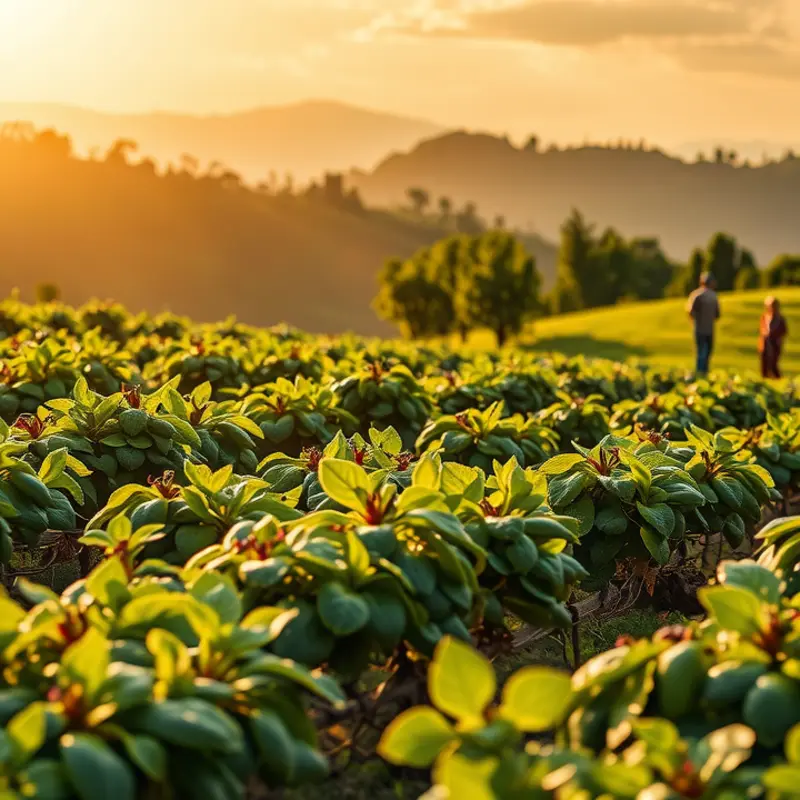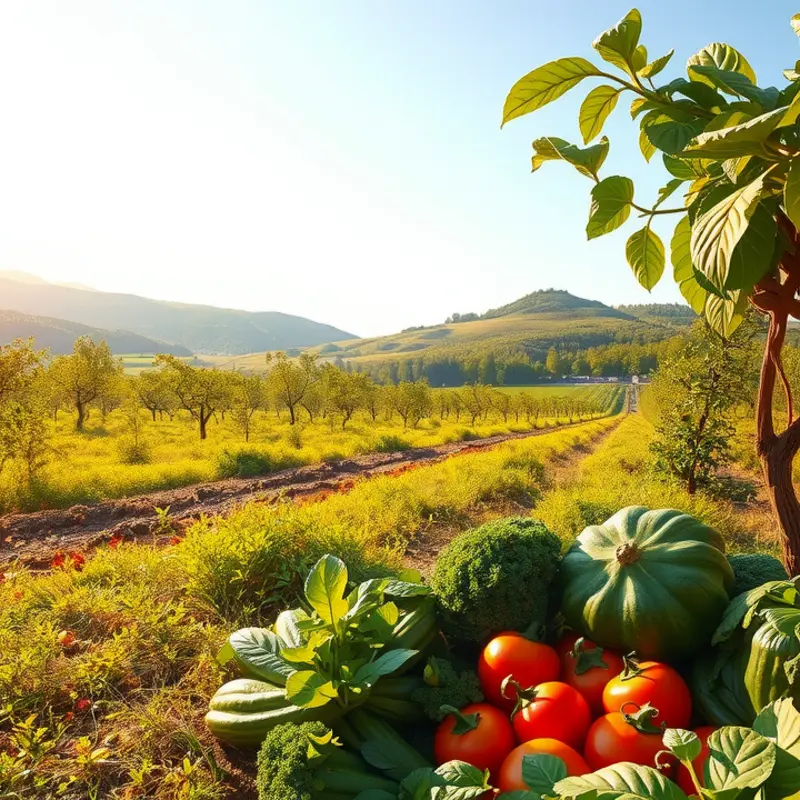Cooking with hot liquids can elevate your culinary skills but poses risks if not handled properly. This guide provides clear, practical tips to ensure your safety and the safety of those around you. By following these easy-to-understand guidelines, you can confidently work with boiling water, soups, and sauces, making your kitchen experiences more enjoyable and stress-free.
Understanding the Risks of Hot Liquids

Hot liquids are a staple in a wide range of recipes, from soups and sauces to beverages like tea and coffee. However, their high temperatures can pose significant hazards if not handled properly. Understanding these risks is crucial for ensuring safety in a busy kitchen environment.
Types of Burns and Injuries
Hot liquids primarily cause thermal burns, which can vary in severity. First-degree burns affect only the outer layer of skin, causing redness and pain. Second-degree burns penetrate deeper, leading to blistering and potential scarring. Third-degree burns are even more severe, damaging all skin layers and sometimes underlying tissues, often requiring immediate medical attention.
Apart from burns, splatters can lead to scalds, especially when liquids are heated to boiling points. This is particularly dangerous with sugar syrups and oils, which can reach higher temperatures than water. Another common injury is the scald, often resulting from steam. Steam burns are deceptive because steam is invisible and can travel further than boiling liquid, targeting unexpected areas.
Why Safety Precautions Are Necessary
The kitchen environment can be a chaotic place, and accidents often occur when you’re least prepared. Incorporating safety precautions while handling hot liquids reduces the chances of injuries. This involves familiarizing yourself with the appropriate utensils and protective gear such as oven mitts and splash guards. Always ensure pots and pans are stable on burners, and don’t overfill them to prevent boiling over, which can lead to dangerous splashes and spills.
Common Accidents and Preventive Measures
Several common accidents involve hot liquids. One frequent incident is the pot tipping over. To prevent this, use pots with well-fitted lids and handles that remain cool to the touch. Situate pot handles inward and away from the stove’s edge.
Another accident occurs when individuals, distracted by something else, inadvertently bump into a hot pot or kettle. Creating a clutter-free kitchen workspace helps ensure you are more aware of your surroundings. Always announce when you are carrying or moving hot liquids to prevent surprises and collisions.
Spills are another frequent hazard, often exacerbated by crowded preparation areas. Maintain a tidy cooking area and establish a practice of cleaning up spills immediately to avoid slips and falls.
To further explore methods for safe kitchen practices, consider reading about safer storage of sauces that can mitigate risks of spills and contamination.
By understanding the types of injuries associated with hot liquids and implementing effective safety measures, you cultivate a safer culinary environment. This not only prevents accidents but also enhances cooking efficiency and enjoyment. Remember, vigilance and caution are your best defenses against the perils posed by hot liquids in the kitchen.
Practical Tips for Safe Handling

Handling hot liquids in the kitchen requires vigilance and the right techniques to minimize risks. Here, we offer practical suggestions on how to safely navigate this essential part of cooking through informed equipment choices, proper clothing, and strategic methods for pouring and storing.
Choose the Right Tools and Equipment
Selecting appropriate tools can make all the difference. Use pots and pans with sturdy, heat-resistant handles. They provide better control and reduce the risk of spills. Opt for long-handled spoons and ladles to keep a safe distance from steam and splashes. Invest in high-quality oven mitts or gloves; they offer protection against scalding splashes when transferring hot liquids.
Appropriate Clothing Matters
What you wear in the kitchen can significantly impact safety. Wear long sleeves that are form-fitting, and avoid synthetic fabrics that might melt upon contact with heat. An apron not only protects your clothes but also acts as a barrier against heat. In case of potential spills, closed-toe shoes can prevent burns to your feet.
Smart Pouring Practices
When transferring hot liquids, take your time. Avoid pouring too quickly, as it can cause splashing. To pour safely, use a low and steady motion. A pouring spout or a funnel can help direct the liquid flow accurately into containers. Consider a heat-resistant pitcher when transferring from pot to bowl, allowing for better grip and control.
Safest Storage Solutions
Once you’ve finished preparing your hot liquids, safe storage is key. Allow liquids to cool slightly before transferring to their final container to avoid cracking glass or plastic from rapid temperature changes. Use sturdy containers with secure lids to prevent spills. When storing hot sauces or soups, it might benefit you to explore safer storage options which also ensure reduced food waste.
Troubleshooting Common Issues
Encountering problems with hot liquids is common, but quick thinking can prevent accidents. If a pot starts to boil over, remove it from heat immediately to reduce the temperature. Should spills occur, clean them immediately to prevent slipping hazards. If working near children, use back burners and keep handles turned away from edges to prevent accidental tipping.
By integrating these safety-first strategies into your cooking routine, you create a kitchen environment that is not only efficient but also secure. Understanding the precautions to take when handling hot liquids will make your cooking experiences both safer and more enjoyable.
Final words
Handling hot liquids safely is crucial for anyone looking to enhance their cooking skills. By understanding the risks involved and employing practical safety measures, you can create a safer kitchen environment. Always prioritize safety when working with boiling water, soups, and sauces. Remember, the key to mastering cooking is not just about the recipes, but also about ensuring a safe and enjoyable cooking experience. Embrace these practices and elevate your culinary skills with confidence!







